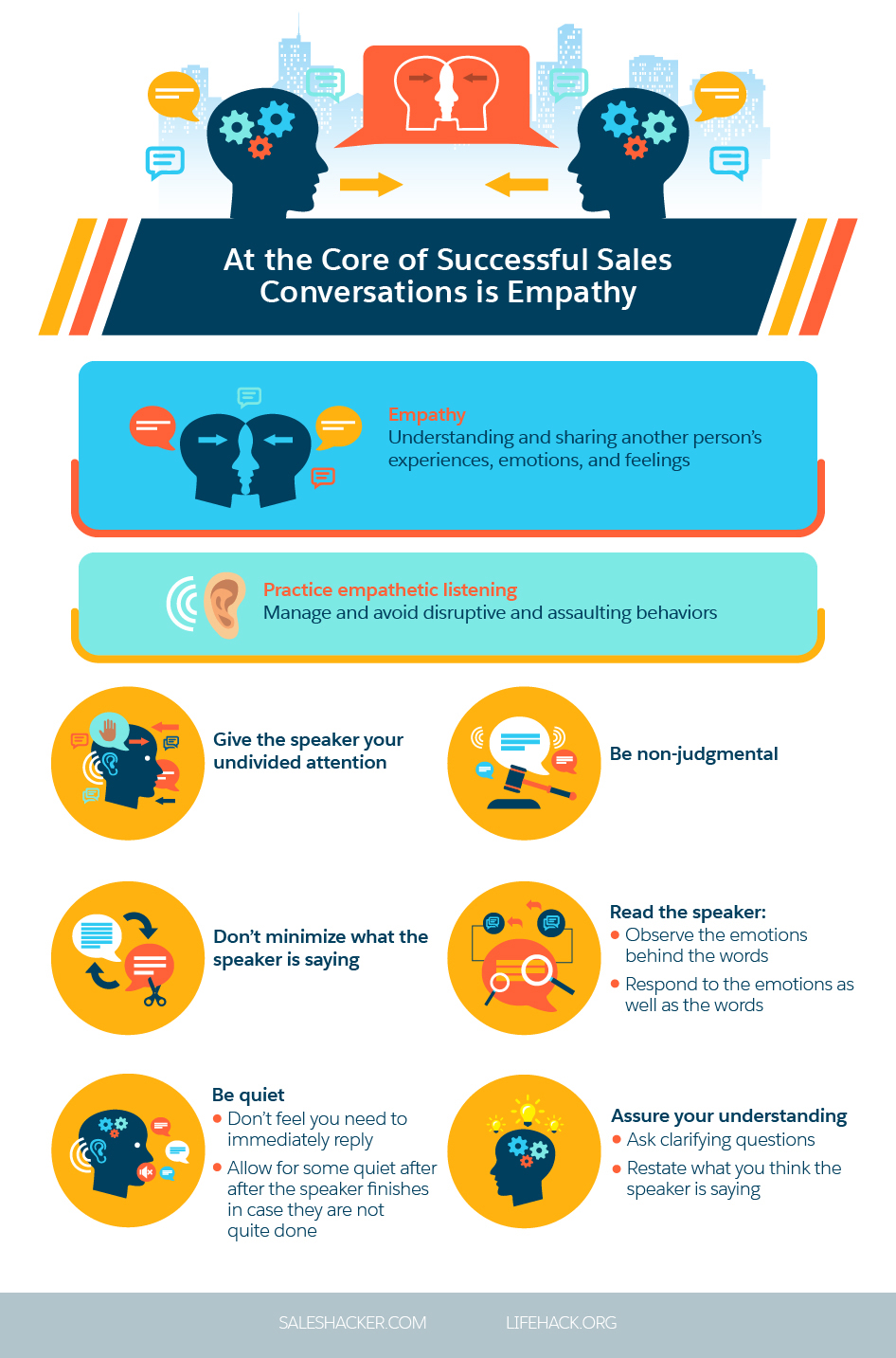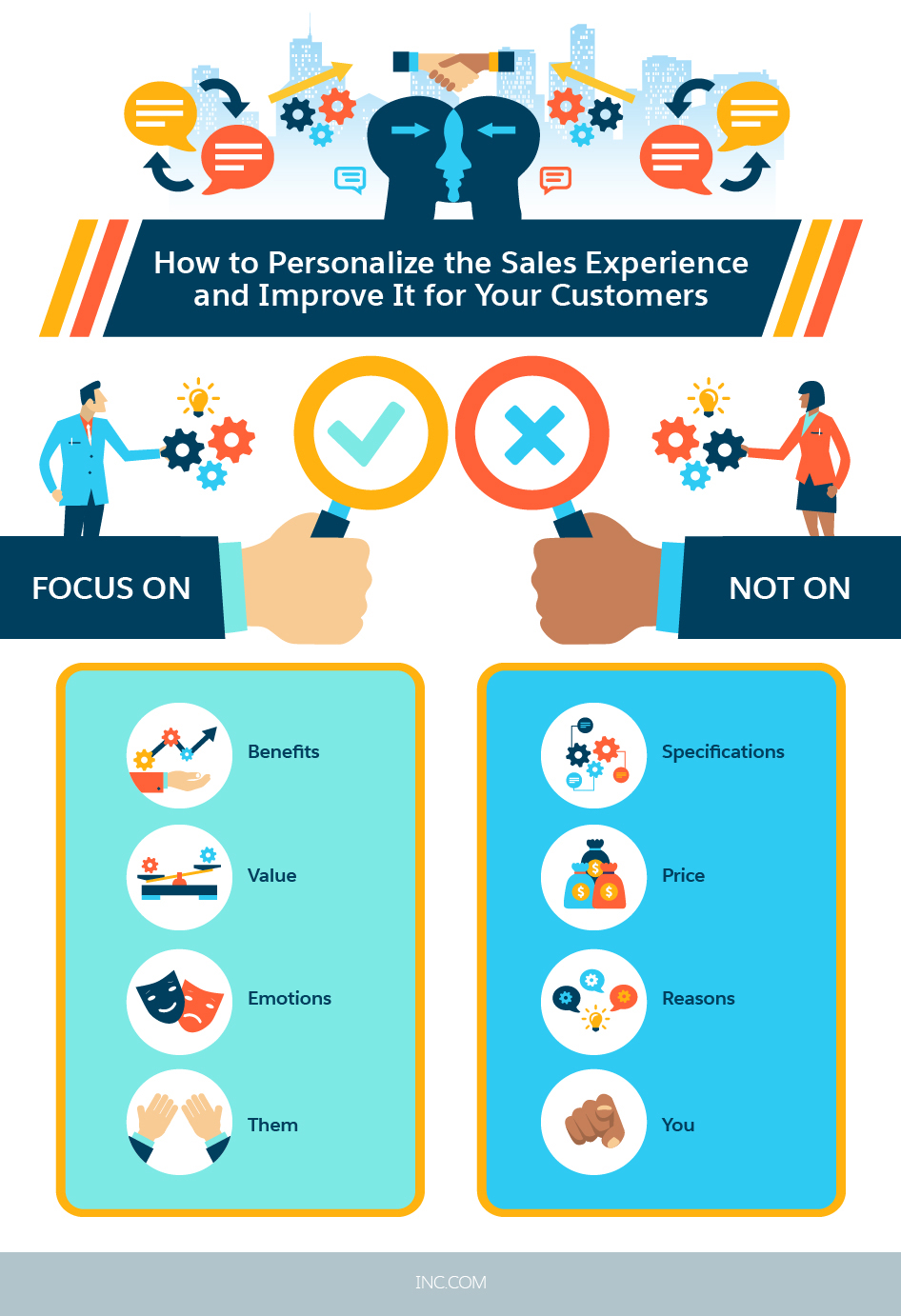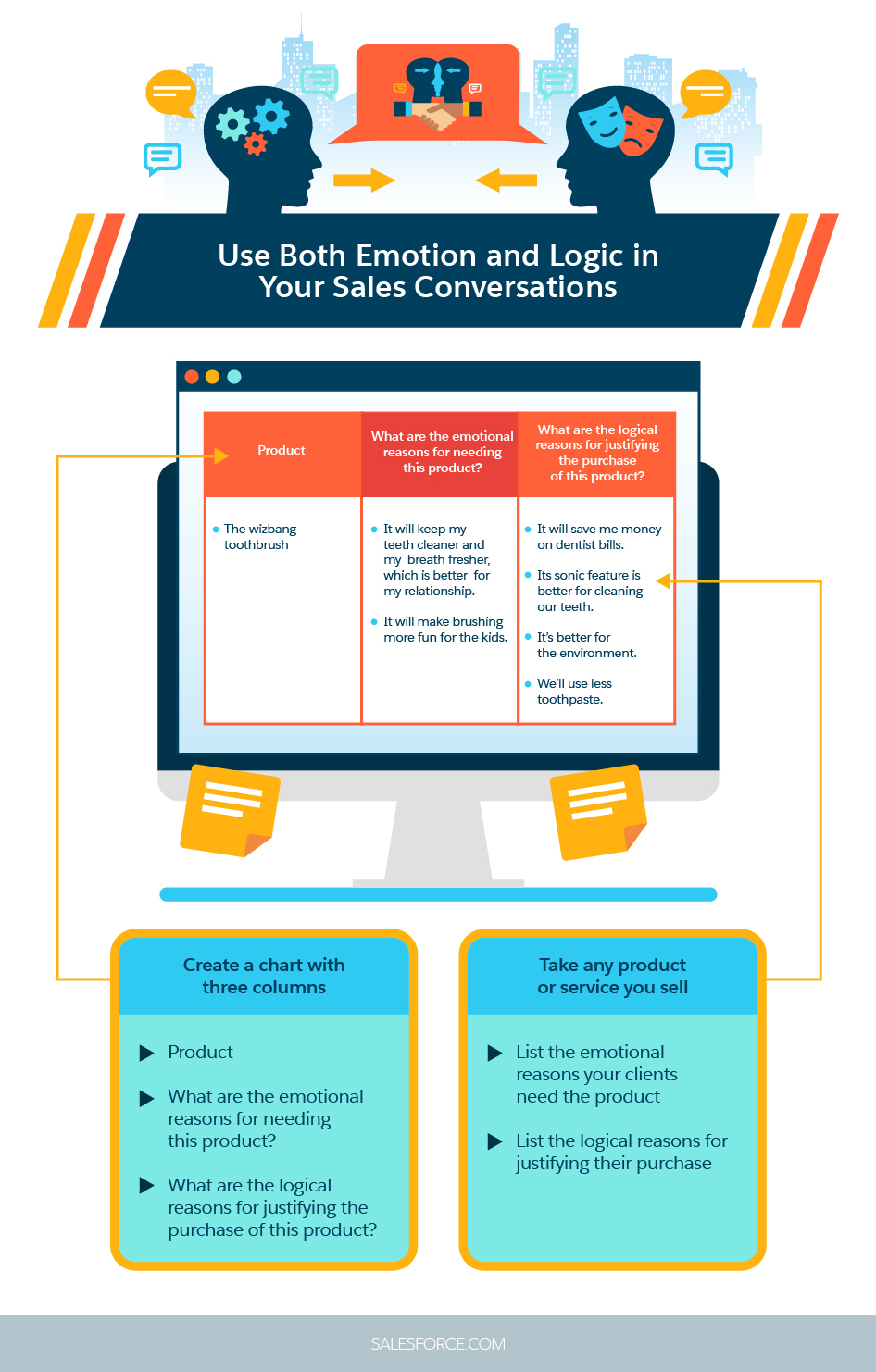How a Simple Change in Sales Language Affects Your Bottom Line



Words carry weight. Choose the right words for your pitch to make sales that have customers feeling great about their purchase.
Danny Wong

Maybe you’ve heard that high-performance selling is a delicate balance between art and science. While it’s true that both of these play a big role in the sales process, this binary view neglects the importance of another crucial element: psychology.
More specifically, we’re talking about the psychology related to language and how we perceive and internalize distinct word choices. When a single sales conversation or interaction consists of thousands of words, it can seem misguided to place too much attention on any single one. However, there are certain words that can drastically change the way we perceive the meaning of a sentence, and it’s in this area that salespeople can use the power of language to engage prospects in unique ways and forge lasting connections with customers.
When one U.K.-based recurring payments processor wanted more of its leads to watch a product demo prior to contacting a sales representative, the company chose to conduct a large-scale A/B test on its lead-capture page using one very small change. In the original version of the landing page the headline read, “Request a demo.” The new version read, “Watch a demo now.” The result? The company saw a 139 per cent lift in its conversion rate.
Successful salespeople need to be deeply attuned to the words they use in their pitches, conversations, and sales collateral in order to consistently engage their customers and guide the emotional flow of the proceedings. Most sales professionals (and, in fact, most people who regularly interact with customers) know there are certain words that are best to avoid, such as “no,” “problem,” or “can’t.” However, they may not be aware of the positive word choices that have the ability to transform their customer relationships and pave the way to long-term, sustained success.
Communicate empathy
What’s the genesis of every B2B sales situation, or the reason that all of this exists in the first place? Your prospect has a problem they need to solve, so they begin a journey that will hopefully lead them to an ideal solution. The best sales professionals know that at the heart of every successful sales conversation there is a core of empathy for the prospect. You have to show them you recognize the position they are in, know they have specific problems they want to alleviate, and understand their needs.
Inserting the word “understand” into a conversation is a powerful tool in a salesperson’s tool box. It alerts the prospect that you are actively listening and mindful enough to experience the situation from their point of view.
At the Core of Successful Sales Conversations is Empathy
- Empathy: Understanding and sharing another person’s experiences, emotions, and feelings
- Practice Empathetic Listening – Manage and avoid disruptive and assaultive behaviors
- Give the speaker your undivided attention
- Be non-judgmental
- Don’t minimize what the speaker is saying
- Read the speaker:
- Observe the emotions behind the words
- Respond to the emotion as well as the words
- Be quiet
- Don’t feel you need to immediately reply
- Allow for some quiet after the speaker has spoken in case they’re not done
- Assure your understanding
- Ask clarifying questions
- Restate what you think the speaker is saying

Focus prospects’ attention on the opportunity
Customers have problems, but you don’t want to focus too much on problems in your interactions with them. What problems create, however, are opportunities. Opportunities carry an inherently positive connotation and they place the focus on what’s possible, instead of languishing in what’s lacking. Consider the difference in these two statements, both of which acknowledge the issues the client faces: “I see your customer service engagement scores were 50 per cent below your stated goals for last year” versus “We have the opportunity to double your customer service engagement scores this year.”
Highlight value
The entirety of the client-salesperson relationship is built on delivering value, so why not make a concerted effort to accentuate this fact? You’ve likely heard it before, but it bears repeating: As a salesperson, you are not there to show off a fancy new product, you are there to provide some kind of value to the client in every step of the process. Take time to explain what value your company can offer your client, and how you can improve their current situation.
Value is such an important component of the sales process that if the client ever senses the well has run dry, they’ll likely leave in search of the next source. In light of this, it makes perfect sense to reiterate your dedication to seeing this transaction in terms of the value you can provide a prospect.
Personalize the experience
Marketers have long understood the power of keeping the focus on the audience, but it’s a tactic that can pay dividends for salespeople as well. We already know the conversation is all about the customer, so emphasize this point by regularly incorporating the word “you” throughout the interaction. This isn’t the time for long-winded anecdotes about how you came to realize your company’s product was revolutionary. Frame all of the touchpoints of your conversation around their experiences, as it drives home the idea that your prospect and the issues they face are the focal point. The great thing about using “you” is that it’s difficult or even impossible to overuse, since it comes up naturally.
How to Personalize the Sales Experience—and Improve It for Your Customers
- Focus on benefits, not specifications
- Focus on value, not price
- Focus on show, not learn
- Focus on emotions, not reasons
- Focus on them, not you

Another easy way to personalize conversations and establish a friendly rapport is to call the prospect by their name. It’s another step that builds a customized experience into your sales process. When people read marketing emails, snail mail, or any other correspondence, they don’t want to feel like dozens or even hundreds of people are reading the exact same message, so why would it be any different in a sales call?
Provide aspirational details
As children, we all learn about the wonders of the human imagination, but what if we take the verb form of the word “imagination” and apply it in a business setting? It turns out that asking your prospect to imagine a scenario accomplishes two powerful goals. First, it is used to provide details about the benefits of your product without sounding like you’re rattling off a list or reading from a teleprompter. Something along the lines of “Imagine if you can reach twice as many customers without expending any additional marketing effort” gives concrete possibilities for this proposed partnership and piques their interest to learn more. The second important way it impacts the conversation is that it encourages the client to think forward to a time in the near future when things are better because of their relationship with you. Remember, customers have problems, but they’re usually not keen about dwelling on them. You can use their own visualization skills to everyone’s benefit by asking them to imagine how things could be, instead of worrying about how things are.
Explain your reasoning
Generally, people appreciate being offered a reason in any conversation, and a sales situation is no different. When someone decides to hastily take action or ask something of the other party without offering a compelling reason, it often sends a signal that the reasons are too complex for them to possibly understand, so there’s no point in verbalizing them.
“Because” may be one of the most common words in the English language, but it conveys important implications in almost every setting. Not only does it demonstrate that you respect the other participant’s role enough to carefully explain your reasoning, but it also reinforces the idea that you’ve put some serious thought into why you are saying what you are saying.
Connect features to prospects’ situations
There’s significant evidence to suggest that selling features is largely ineffective in the B2B sphere. They often sound abstract to the prospect, even when they’re vitally relevant to their business. Instead, you can use the word “benefit” to connect the product’s features to each prospect’s situation. Once again, this helps keep the focus on the client and their needs rather than you and your company.
Use Both Emotion and Logic in Your Sales Conversations
- Create a chart with three columns
- Product
- What are the emotional reasons for needing this product?
- What are the logical reasons for justifying the purchase of this product?
- Take any product or service you sell
- List the emotional reasons your clients need the product
- List the logical reasons for justifying their purchase

Evoke a partnership
The post-sale period is one of the most important parts of the B2B process. Buyers want to ensure they aren’t going to be on their own once they’ve made a commitment to pay you, and in most situations they are looking for a partner they can rely on to help their company achieve greater things. By talking about what you can accomplish together, you can elicit this spirit of collaboration and affirm you are interested in a long-term, mutually beneficial relationship with them. After all, no one wants to feel like their only value is as a quick commission.
Provide proof in action
Ultimately, few tactics are more compelling than asking your prospect to watch your product in action. It demonstrates that you can support all the claims made throughout the sales conversation, and it allows the client to visualize their own processes through the lens of your solution. Once again, this request should always be tied to creating value for the customer. “Watch how easy your inventory management system can be,” is much stronger than “Watch what this new software does for inventory management.”

Share “How a Simple Change in Sales Language Affects Your Bottom Line” On Your Site






















